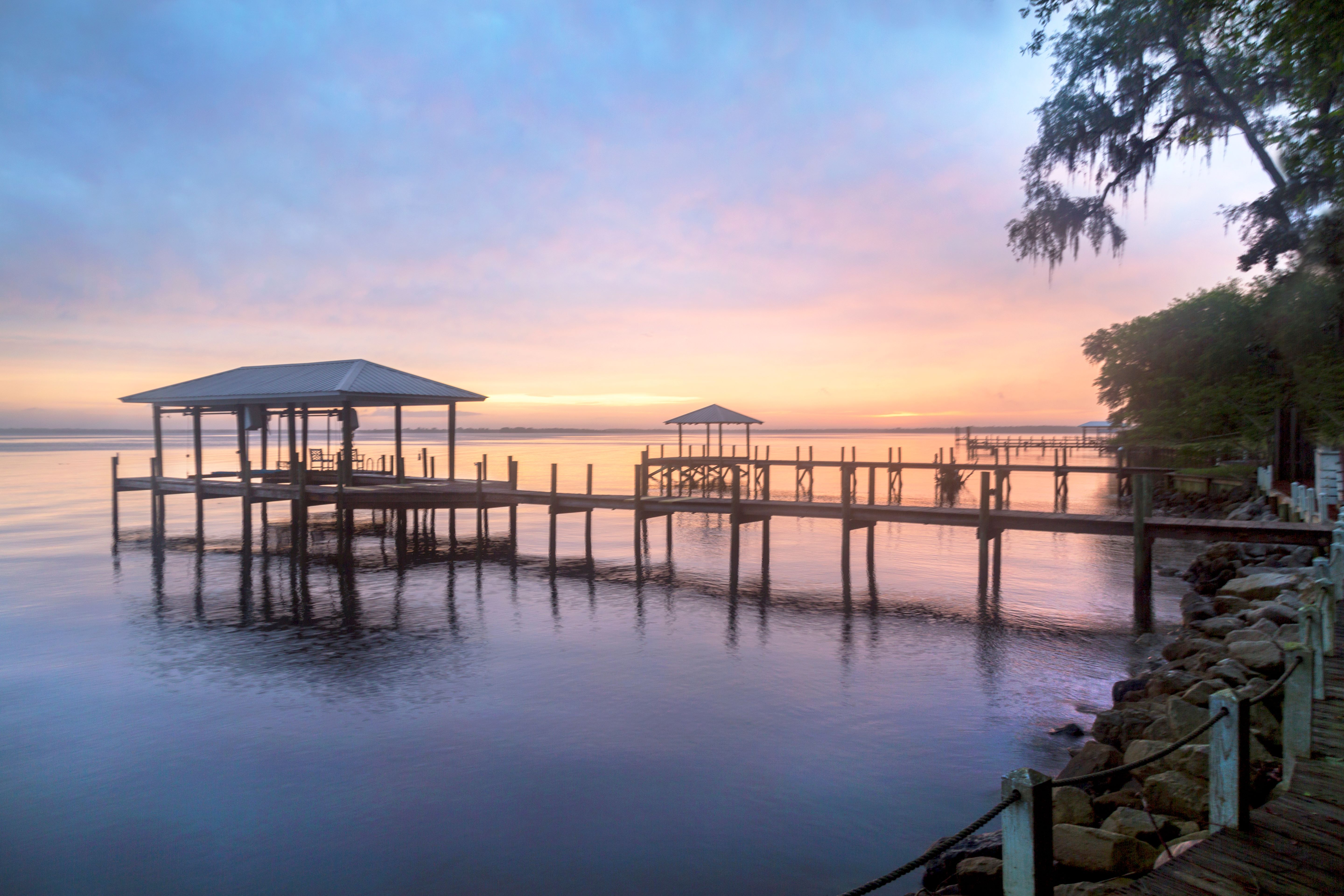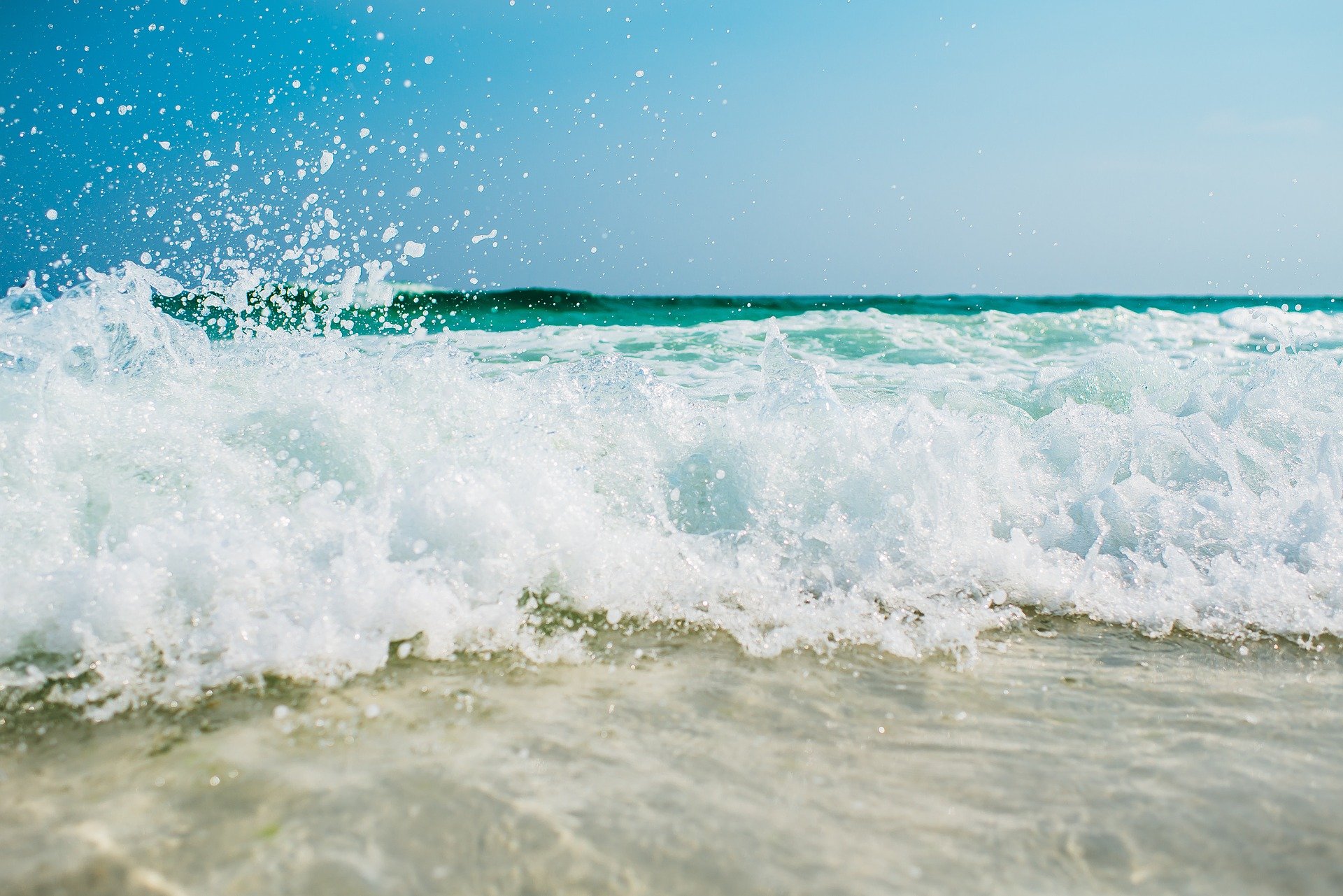
Staying Safe in Choctawhatchee Bay: Your Guide to Water Safety and Vibrio Awareness
The Choctawhatchee Bay watershed is a natural gem encompassing over 5,400 square miles of land across two states, stretching into six counties in Florida and eight in Alabama. This region is home to many threatened and endangered species, such as the Gulf Sturgeon, and serves as a beloved retreat for both locals and tourists who revel in its natural beauty. From boating and kayaking to fishing and canoeing, the watershed offers an abundance of recreational activities that allow us to connect with nature.
As we immerse ourselves in these water activities, it's important to understand the nature of our surroundings, particularly regarding water safety. One common concern during this time of year is, "Are our waters safe?" Rest assured, Florida has a robust water quality monitoring system to ensure public safety and environmental health.
Monitoring Water Quality
Florida's diverse water quality monitoring network involves multiple agencies working together to maintain and report on the health of our waterbodies:
- The Florida Department of Health samples and reports water quality data through the Public Health Beaches Program.
- The Florida Department of Environmental Protection develops water quality standards and monitors various state water bodies.
- Local governments, including Walton County, and advocacy groups also contribute to data collection and reporting.
Understanding Naturally Occurring Bacteria: Vibrio
A key topic often discussed is the presence of naturally occurring bacteria, such as Vibrio species, in our waterbodies.
What is Vibrio Bacteria?
Vibrio is a family of marine bacteria naturally found in coastal waters worldwide. They are not a result of pollution and can be present even in water that looks clean. While many Vibrio species are beneficial to ecosystems, helping to break down organic matter, some can infect humans. Notably, Vibrio vulnificus and Vibrio parahaemolyticus thrive in brackish environments like estuaries and bays, where freshwater mixes with saltwater. These bacteria are most abundant from April to November, coinciding with warmer water temperatures.
Who is at Risk?
According to the CDC, most people are not at risk of illness from Vibrio vulnificus. However, individuals with weakened immune systems or open wounds are more susceptible. Infection usually occurs through the consumption of raw, contaminated seafood or prolonged exposure of open wounds to water containing Vibrio. The severity of the disease depends on the bacterial load and the individual's health.
In Walton County, the Florida Department of Health reported only one case of Vibrio vulnificus over the past five years (2019-2024), highlighting the low risk to the general public.
Staying Safe While Enjoying Nature
To ensure a safe and enjoyable experience in the Choctawhatchee Bay watershed, here are some tips from the Florida Department of Health:
- Cook Seafood Thoroughly: Ensure oysters and other shellfish are thoroughly cooked by frying, stewing, or roasting to eliminate harmful bacteria and viruses.
- Protect Open Wounds: Avoid exposing open wounds, cuts, or scratches to seawater or estuarine water.
- Clean Wounds Promptly: Immediately clean any wounds or cuts with soap and clean water.
- Monitor for Infection: Watch for signs of infection such as redness, swelling, oozing, or other symptoms like fever, increased pain, shortness of breath, rapid heart rate, or disorientation. Seek medical care if these symptoms develop.
By following these simple precautions, you can enjoy all that the Choctawhatchee Bay watershed has to offer while staying safe and healthy. Nature is a gift, and understanding how to interact with it responsibly ensures we can continue to appreciate its beauty for years to come.


Leave A Comment